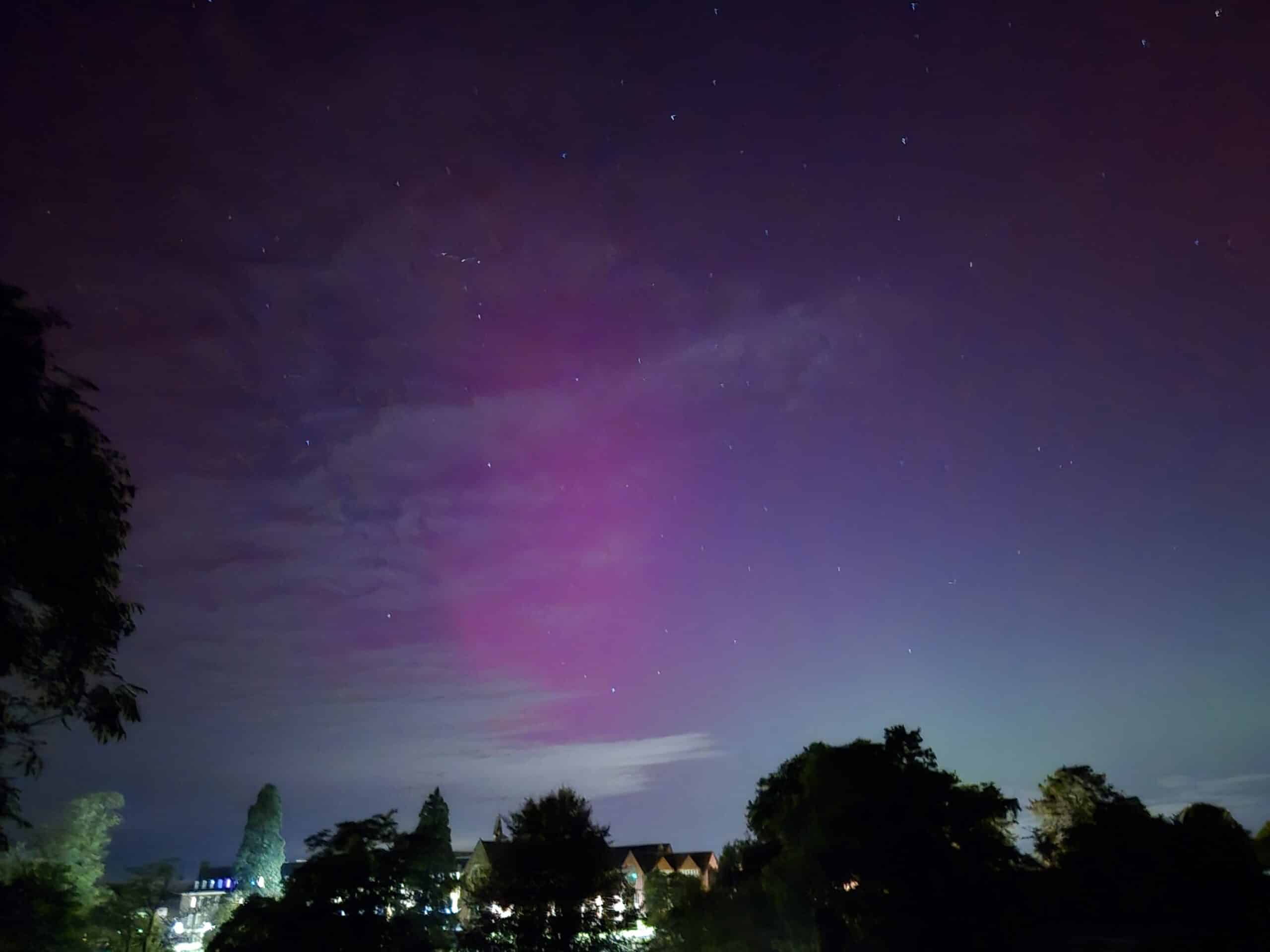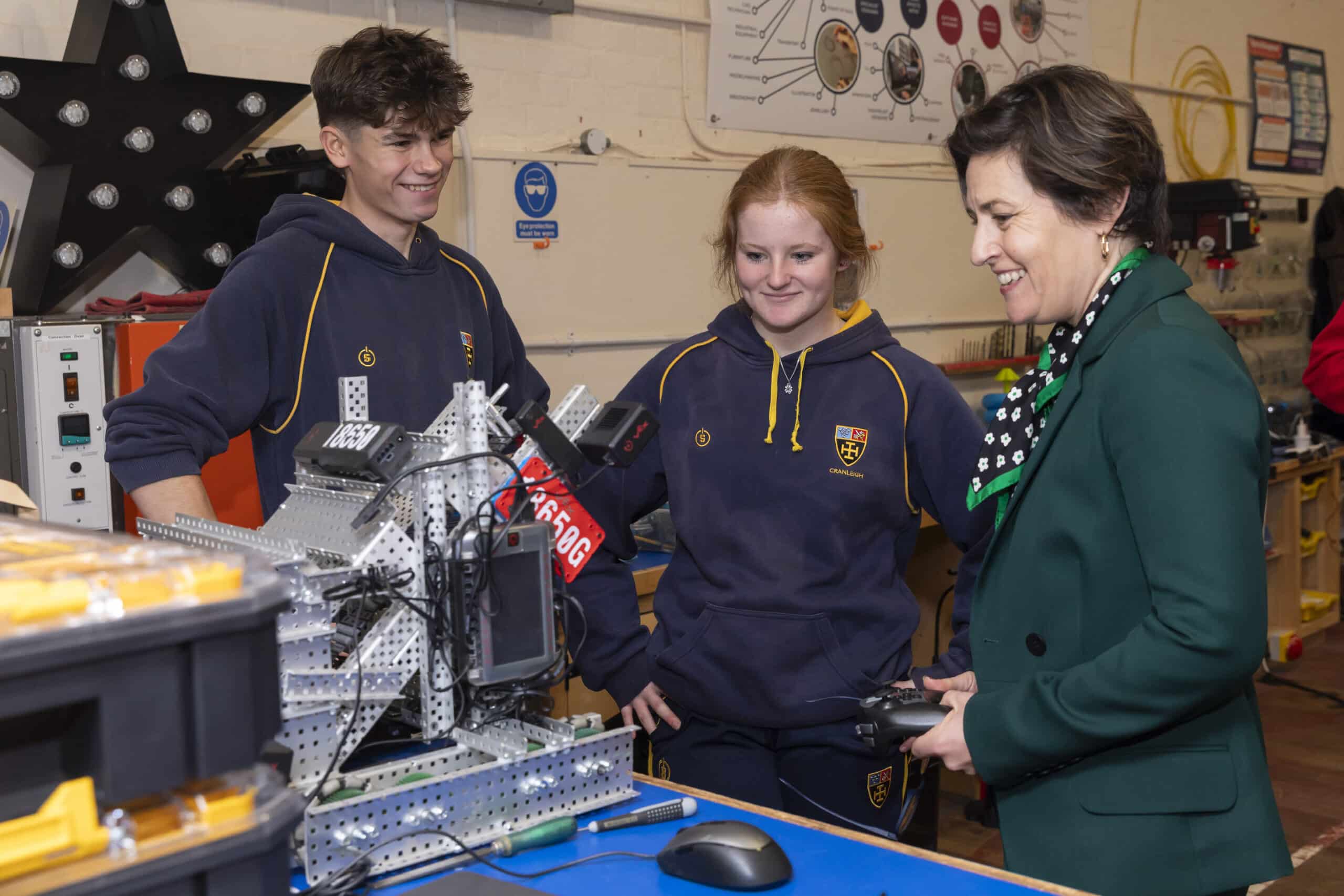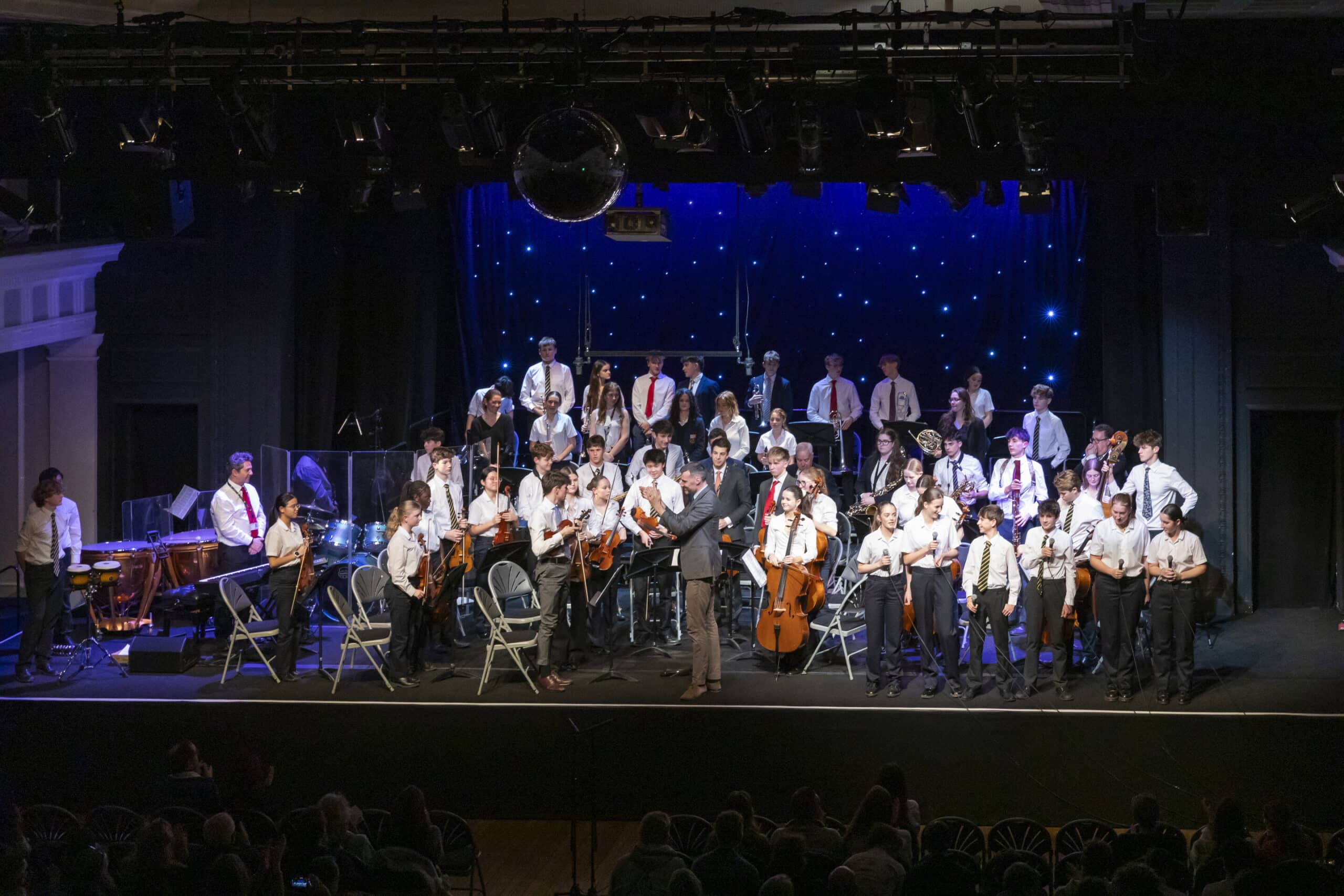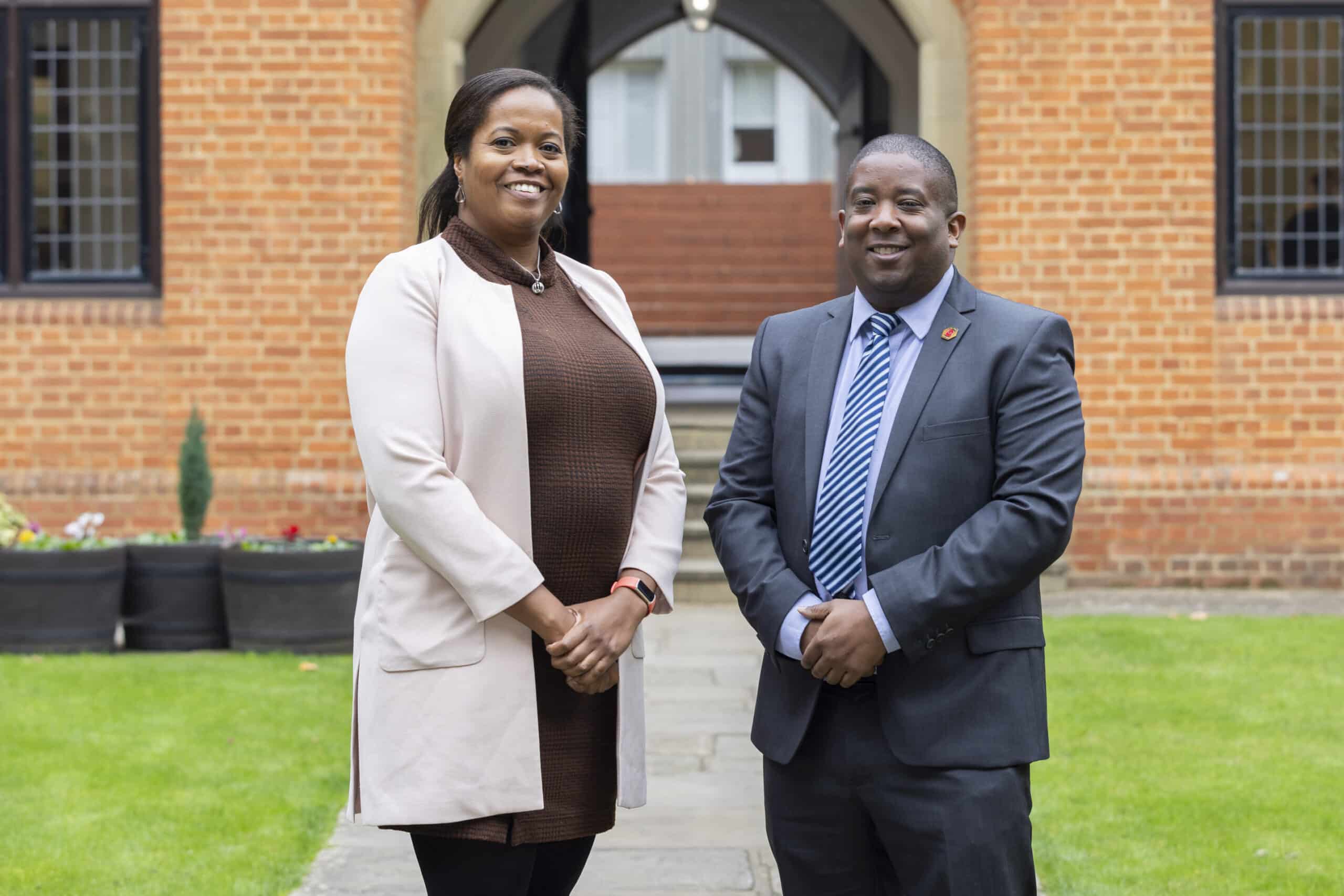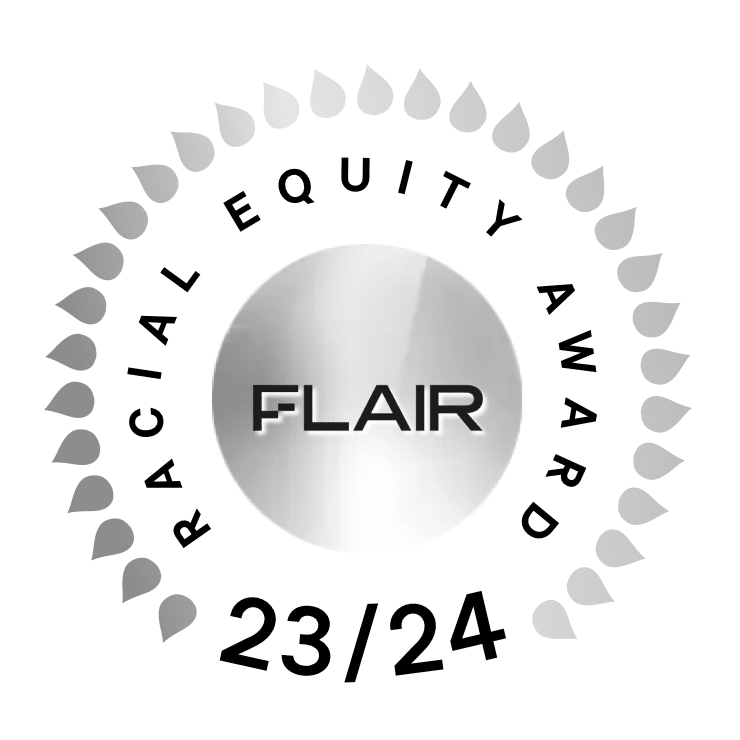On Friday 111th October, the Northern Lights, also known as Aurora Borealis, were visible once again across the UK, including Cranleigh!
Our Head of Environmental Education, Mr Phil Leamon, has explained more about this magical sight.
What are the Northern Lights?
- The Northern Lights – or Aurora Borealis – appear as bright, swirling ‘curtains’ or patterns of lights in the night sky and range in colour from green to pink and scarlet.
- It is caused by charged particles ejected from the sun hitting gases in the Earth’s atmosphere. (They have travelled 93 million miles to get here, taking typically two days to make this journey.)
- The colours occur due to different gases in the Earth’s atmosphere being energised by the charged particles.
- The two most common gases in the Earth’s atmosphere are nitrogen and oxygen. Oxygen atoms glow green – the colour most often seen in the Northern Lights, while nitrogen atoms emit purple, blue and pink.
- The most impressive auroras occur when the Sun emits really large clouds of particles called “coronal mass ejections”.
- We are approaching “Solar maximum” where the sun’s activity is at its most powerful. This happens on an approximately 11 year cycle and is due around next year.
When can I see them again?
- Solar activity is decreasing for now so it is unlikely you will see it again tonight this far south. But it is possible if it is dark and you look toward the Northern horizon. The best time is between 10 and 2am.
